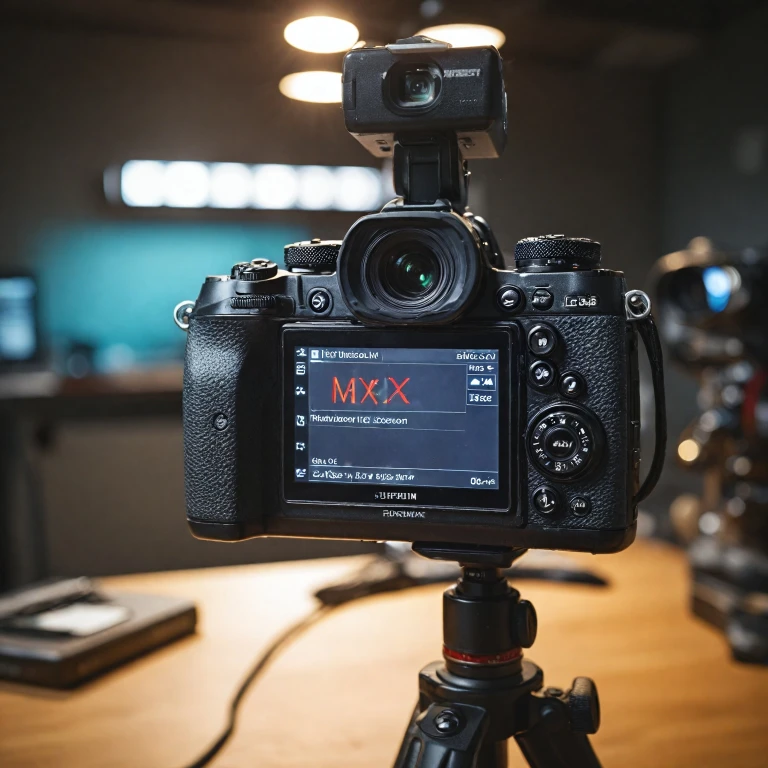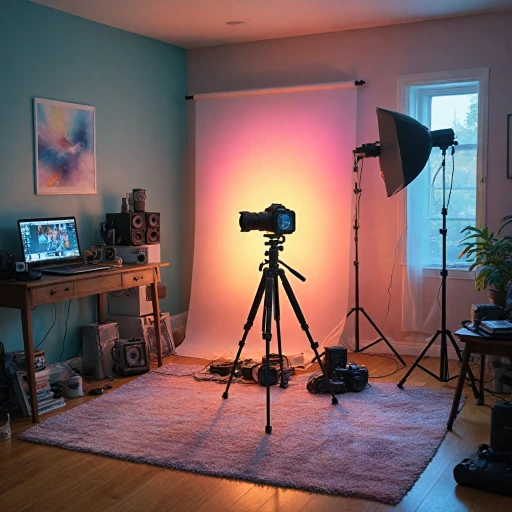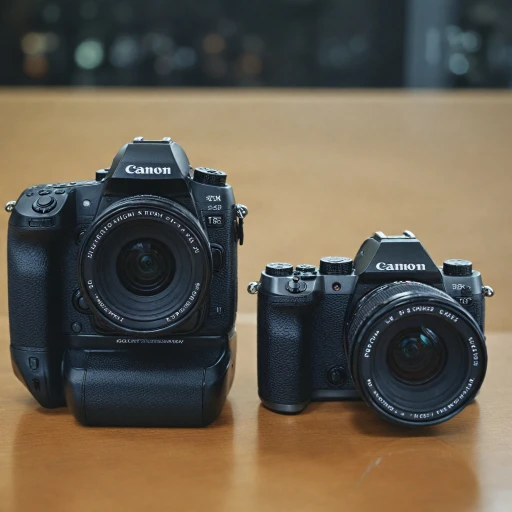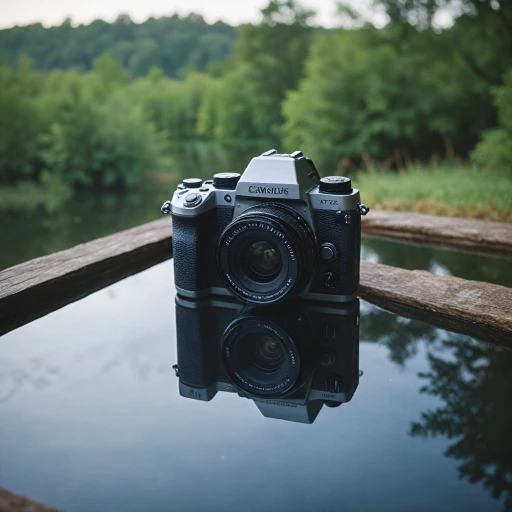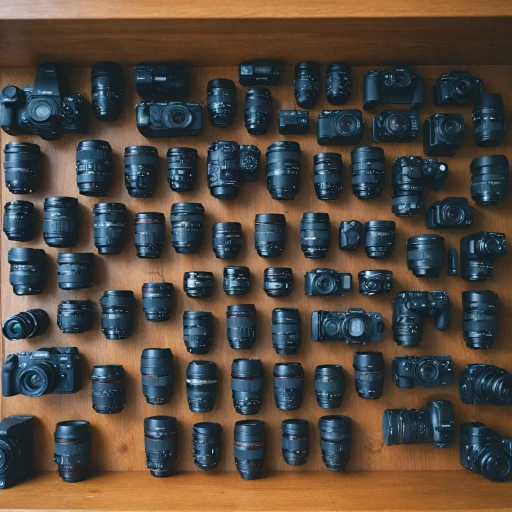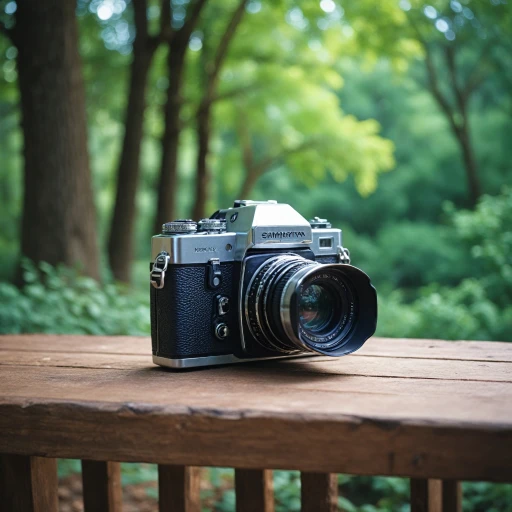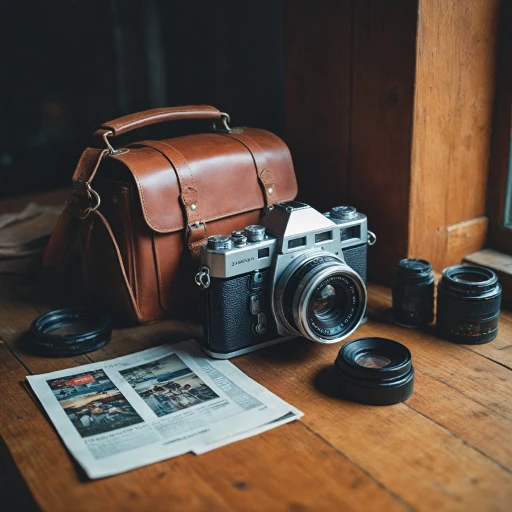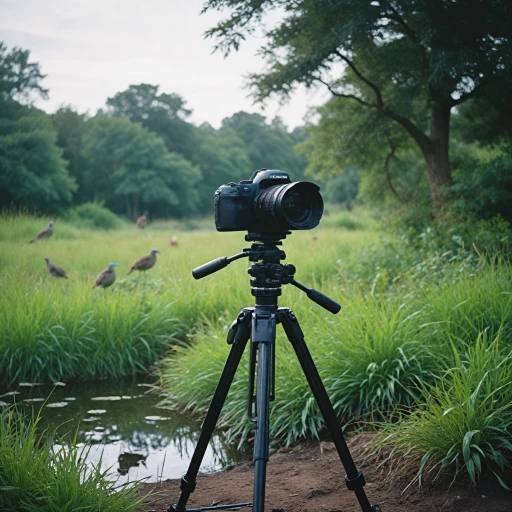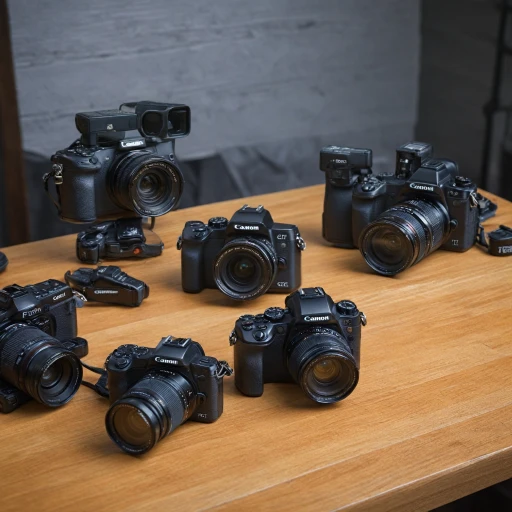
What is Camera Shutter Count?
What Does Camera Shutter Count Mean for Your Device?
The term 'shutter count' refers to the total number of times a camera's shutter has been actuated or fired. In simpler terms, it tracks how many photos a camera has taken. This metric is critical for both DSLR and mirrorless cameras as it quantifies the device's usage over its lifespan.
When it comes to traditional DSLR cameras, the shutter count is tied to the mechanical action of the shutter. Each press of the shutter button results in a shutter actuation, a movement involving parts that are subject to wear and tear. Hence, knowing the shutter count contributes to understanding the life expectancy and current condition of your photographic equipment.
Modern cameras, like those from Canon, Nikon, and Sony, including models such as the Canon EOS Mark and the Sony mirrorless cameras, all have a specified shutter life, often ranging from 100,000 to 400,000 actuations. Yet, this does not guarantee how long your camera will last under your unique usage conditions. It gives you an insight into the general 'health' of your camera, much like how mileage works for vehicles.
Different camera brands provide ways to check the shutter count, often relying on camera firmware or image files that record EXIF data. These details form the backbone for getting an accurate shutter count and understanding when it's time for potential maintenance or upgrades. Considering a mix of mechanical and electronic shutter counts will give a more comprehensive overview of the total number of actuation actions your camera has performed.
Maintaining a low or moderate shutter count extends the life of your camera, safeguarding your investment. For those passionate about photography and looking to protect their gear from wear and damage, choosing the perfect backpack for your camera gear is also essential. This ensures that your camera body and components remain shielded from physical damage when in transit, potentially reducing the number of unnecessary shutter actuations during excursions.
How to Check Your Camera's Shutter Count
Simple Methods to Find Your Camera's Shutter Count
Understanding how to check the shutter count of your camera is essential for assessing its wear and longevity. Whether you're using a Canon, Nikon, or Sony, each camera type provides ways to access this crucial information.- Via EXIF Data: Most digital cameras store shutter actuation data within the image's EXIF metadata. This data can often be accessed using image processing software that reveals the total number of shutter releases. A file with such details can be useful for this check.
- Firmware and Software Solutions: Certain camera models, especially those with newer firmware, allow you to view the shutter count directly on the device. However, for cameras that do not provide this inherently, third-party software tools can assist. Tools tailored for specific brands, like Canon's EOS Utility or Nikon's Camera Control Pro, can read the actuations directly from the camera.
- Online Services: Some websites offer services to interpret the number of actuations by analyzing uploaded image files. This can often be a quick method, especially for a range of users without access to specialized software.
- Professional Assistance: For those less technically inclined or dealing with unique cameras like the Mark III series or other mirrorless variants, a trip to a local camera shop can provide both the check and necessary advice on shutter life expectancy.
The Impact of Shutter Count on Camera Value
The Effect of Shutter Count on Your Camera’s Worth
Understanding the shutter count is vital for assessing the overall condition and value of your camera. This number provides insight into how much the camera has been used, which is particularly important when buying or selling a used camera. A camera's shutter life is akin to the odometer reading on a car, reflecting its usage history. The mechanical shutter in DSLR and some mirrorless cameras has a limited life expectancy, often ranging from 100,000 to 300,000 actuations. As this count increases, the chances of shutter mechanical failure do too, which can significantly impact the camera's resale value. Here are some factors on how shutter count affects camera value:- Price Depression: A higher shutter count can depreciate the camera's market value. Buyers are generally concerned with the expected life left in the shutter mechanism and thus willing to pay more for a camera with fewer actuations.
- Camera Model Variance: Different camera models, such as the Canon EOS Mark III or Sony's mirrorless models, have different shutter life expectancies. Research and personal experience suggest cameras with robust builds and efficient shutter mechanisms, like some from Nikon and Canon, maintain their value better even with higher counts.
- Influence of Camera Type: Mirrorless cameras often use electronic shutters, which can extend the life of the mechanical shutter. This may help preserve the camera’s value longer as electronic actuations don’t contribute to the mechanical count.
Comparing Shutter Count Across Different Camera Models
Assessing Shutter Count Variations Among Camera Brands
When it comes to evaluating different camera models, shutter count becomes an essential parameter, especially if you're a keen observer of your camera's mechanical health. The shutter count indicates the number of times the mechanical shutter in your camera has been actuated—an important factor that helps in understanding the remaining lifespan of your camera.
Different manufacturers set diverse life expectancy parameters for their cameras, and for good reason. DSLR and mirrorless cameras like Canon EOS, Nikon, and Sony often have varying standards for a typical shutter lifespan. For example, Canon Mark series, including the EOS Mark III, usually boasts a hefty shutter actuation number ranging from 150,000 to 300,000, ranking among the more durable DSLRs available. On the other hand, mirrorless models might offer alternative statistics due to their sometimes lesser reliance on mechanical parts.
Distinct firmware and mechanical operations in models like Sony and Nikon may lead to different life expectancies, revolving heavily around the shutter count their designs can handle. While digital camera companies might cloak their camera specifications in secrecy, access to exif data and firmware updates can provide direct insight into current shutter actuations. To check shutter count and make informed decisions about your next camera purchase or upgrade, ensure to focus on these aspects, along with shutter performance metrics across brand lines.
Tips for Extending Your Camera's Shutter Life
Strategies to Prolong Shutter Durability
Ensuring the longevity of your camera's shutter life involves certain practices that can be easy to integrate into your photography routine. Regardless if you're wielding a Canon, Nikon, or Sony camera, these tips can be beneficial.
- Opt for Electronic Shutter: When using mirrorless cameras, utilize the electronic shutter option when possible. This feature helps reduce the number of mechanical shutter actuations, therefore minimizing wear and tear.
- Careful Usage of Burst Mode: While burst mode is great for capturing action shots, it significantly increases the shutter count. Use it sparingly to avoid accelerating the mechanical shutter's wear.
- Regular Firmware Updates: Keep your camera's firmware updated. Manufacturers often release updates that optimize camera performance and potentially impact shutter functions positively.
- Review and Reduce Unnecessary Shots: Be more critical with the images you capture. Avoid unnecessary shots, especially during setups or tests, to extend your camera's shutter life expectancy.
- Check Shutter Count Regularly: Regularly check the shutter actuations using exif data. This will allow you to monitor your camera's wear and plan accordingly.
By taking mindful actions around the usage of your camera's mechanical shutter, you aid in extending its life, maintaining its value, and attaining the desired image quality over time. These practices are applicable whether you're using a Canon EOS Mark III, a Nikon DSLR mirrorless, or a different model.
When to Consider Shutter Replacement or Camera Upgrade
Signs It's Time for Action: Shutter Replacement & Upgrades
As a photography enthusiast, understanding when to consider shutter replacement or even a camera upgrade is crucial to maintaining optimal performance. Whether you're using a Canon or Nikon DSLR, or a Sony mirrorless camera, acknowledging that all mechanical components—including the shutter—have a finite life expectancy is vital.
Firstly, it's essential to be aware of your camera's shutter actuations. Every actuation, or number of times your automatic shutter opens and closes, counts towards the camera's mechanical limit. Cameras, such as the Canon Mark series, often provide an extensive shutter life, but like any mechanical system, this number is not infinite and varies between models.
If you notice a decrease in image quality or any unusual mechanical shutter noises, it may indicate the need for checking your shutter count. In some cases, visible issues in your photos, such as unexpected blurs or unexplained exposure irregularities, can also be a sign.
For those using mirrorless cameras with electronic shutter options, while the mechanical shutter is generally more durable, it’s still wise to check the shutter count periodically. Some models allow users to view this data directly from firmware, while others might require external software to extract the EXIF data from an image file.
Camera manufacturers like Canon and Nikon offer regular firmware updates to enhance performance and address some issues that may affect mechanical shutter operations. Keeping your firmware up to date is a simple way to potentially push your camera’s shutter life a bit further.
If your camera has reached or exceeded its expected shutter life, or if repairs become frequent and costly, it might be time to weigh the costs of replacement versus upgrading to newer models such as the EOS Mark III, with improved features and a refreshed actuation limit.
In conclusion, regularly checking your camera's shutter count and acknowledging wear signs will guide you in deciding when to either replace the shutter or consider a new camera investment to maintain the quality and reliability of your photography work.
